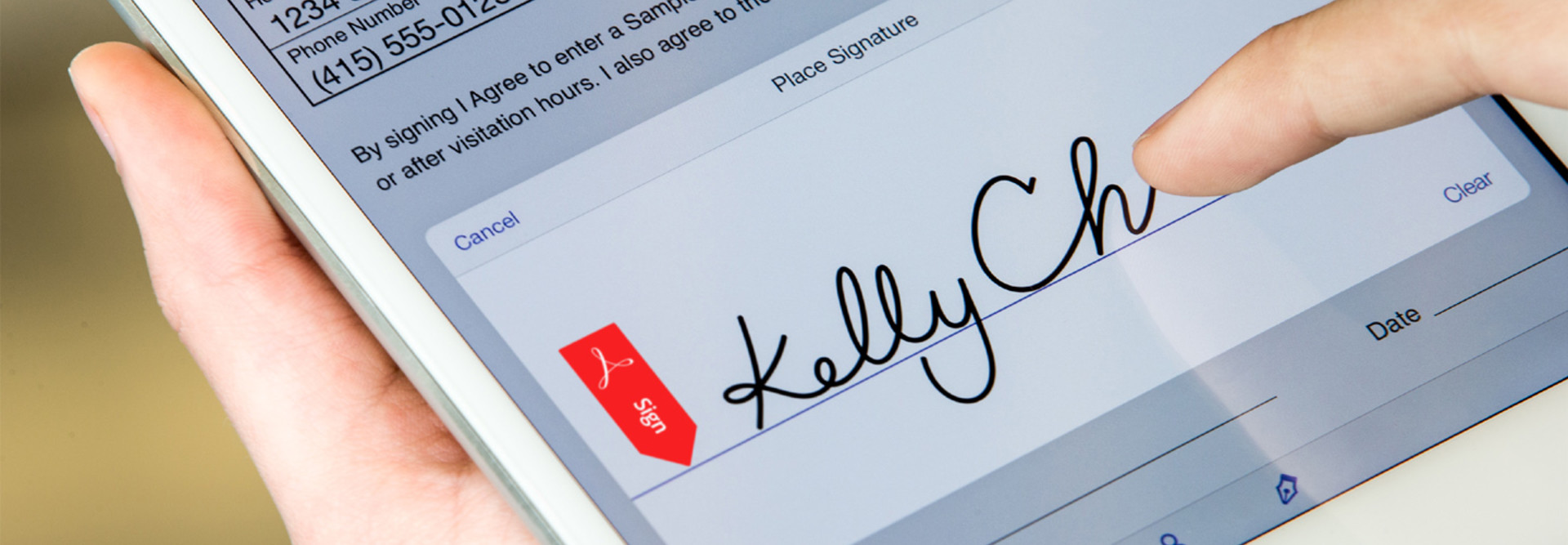Adobe's New Document Cloud Could Revolutionize the Paper World of Higher Ed
A new version of Adobe Acrobat has features that could dramatically change the way higher education manages documents.
Unveiled this month, Acrobat DC, short for Document Cloud, is the company’s new platform for managing documents. The new software helps streamline the workflow between desktop and mobile platforms, and speeds document processing with advancements in e-signatures.
Digital document use on campus has skyrocketed over the past several years, according to Karen McCavitt, Adobe's worldwide marketing group manager for higher education. But something is holding the medium back.
"We're seeing a digital document explosion, but there are still a lot of challenges they have to deal with," McCavitt says.
There's a paper jam in the worlds of education and business, and streamlining how documents and their digital counterparts interact could be the solution. In an Adobe-sponsored study by research firm IDC, more than 80 percent of 1,518 business leaders responded that the “last mile” of their business processes is often held back by digital and paper discrepancies.
Through its latest entry in the Acrobat family, Adobe hopes to blend the two worlds of digital and paper into a solution that leverages their strengths.
“People and businesses are stuck in document-based processes that are slow, wasteful, and fragmented,” said Bryan Lamkin, senior vice president of technology and corporate development at Adobe, in a press release. “While most forms of content have successfully made the move to digital (books, movies, music), documents and the process of working with them have not, and that needs to change.”
Using Acrobat DC, users can create a document on smartphones or tablets while on-the-go. Then switch over to their desktop and the document will pick up precisely where they left off.
The technology also incorporates some of the power of Adobe Photoshop, allowing users to snap photos of documents, and then have the software process the image into an editable form. This technique is perfect for time-sensitive document signatures, says Chris French, senior product manager for Acrobat Solutions.
To demonstrate for EdTech, French used Acrobat DC on his smartphone to optimize a hastily taken image of the parent permission form for his son’s field trip, complete the form and then deliver it to the teacher. Information that’s stored securely in the Document Cloud lets French fill out common fields such as name, address and even signature with a few clicks.
"Very quickly, this ends up being a process that's even faster than if I were filling this out with a pen and paper," French says.
Acrobat DC and Document Cloud for Enterprise will be made available in April, with varying pricing models that have not yet been announced. Acrobat DC will be available with a perpetual license, and the enterprise service will feature a subscription-based model, similar to Adobe’s Creative Cloud.









